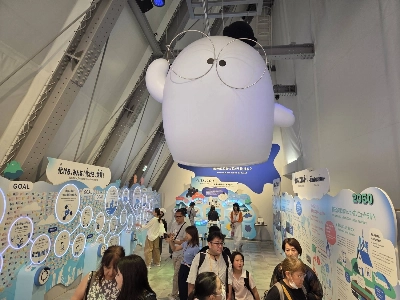There’s reality and then there’s the packaging of reality, a fact proven repeatedly by the life and work of Tsuguharu “Leonard” Foujita (1886-1968).
The Japanese-turned-French artist spent his career traveling the globe, creating works that would endear him to the School of Paris at one extreme and brand him a warmonger at the other. He produced paintings — most famously of white women and tabby cats — while cycling through wives, national allegiances and artistic styles as tax collectors and geopolitical events nipped at his heels. Amid the upheaval, Foujita tirelessly pursued the art of self-invention and reinvention.
How did he manage to brand his captivating self image? The exhibition “Foujita: Painting and Photography” reveals that he had one of modernity’s most useful tools at his disposal: the camera. In what’s being billed as the first exploration of the artist as a photographer, the show — a decade in the making — presents hundreds of Foujita’s paintings and photographs on loan from more than 40 museums and collections.

















With your current subscription plan you can comment on stories. However, before writing your first comment, please create a display name in the Profile section of your subscriber account page.